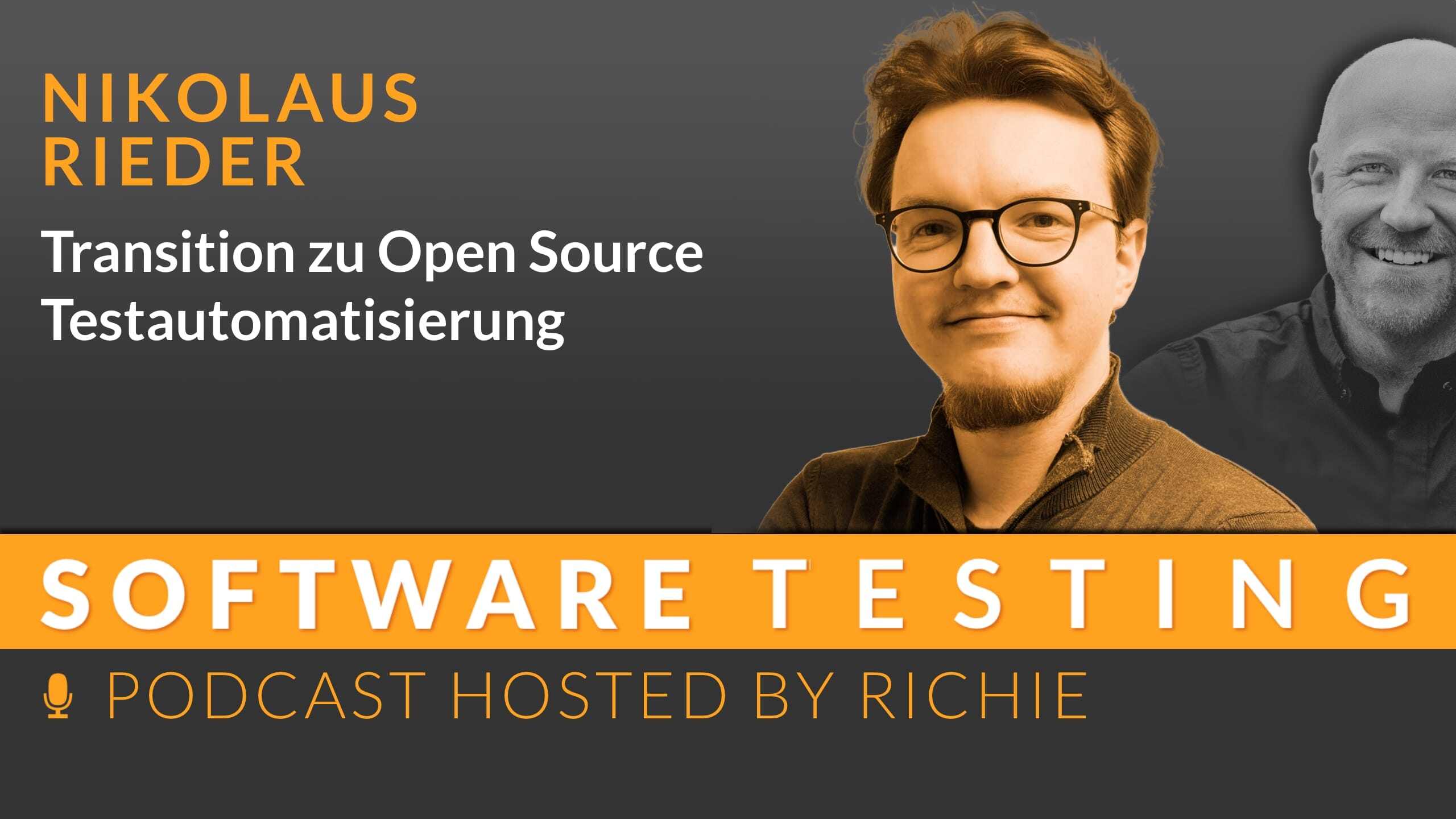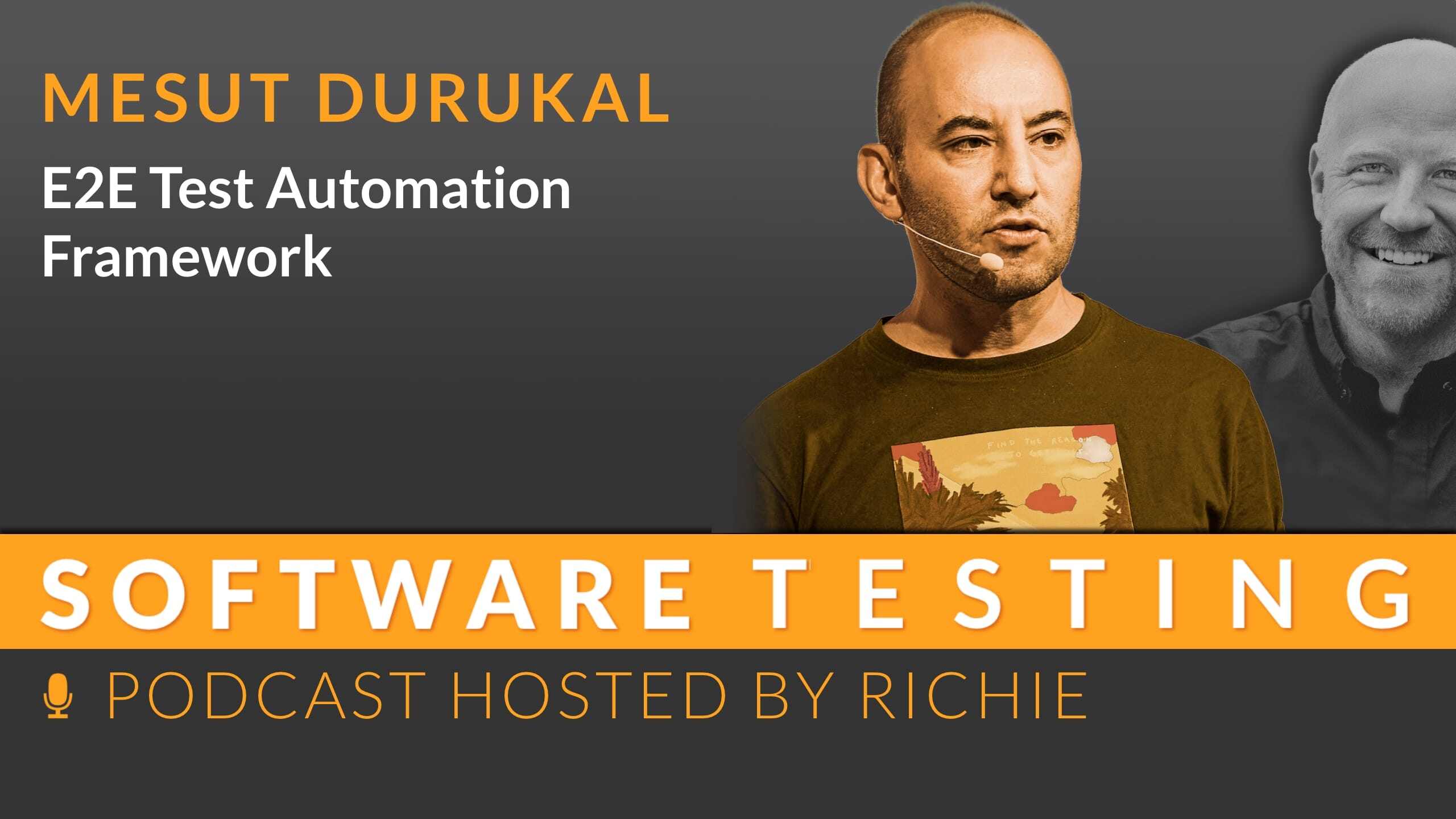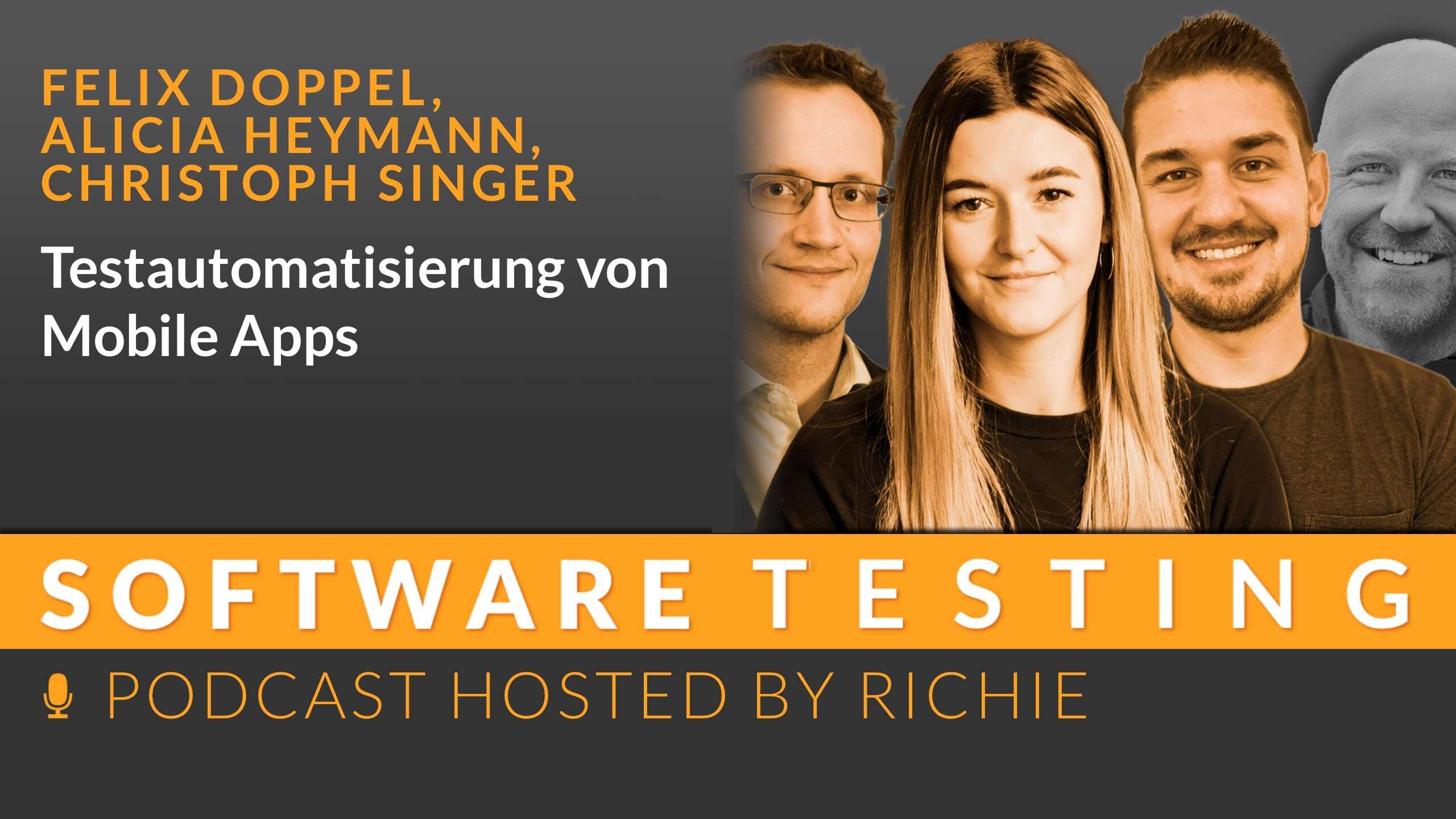E2E Test Automation Framework Selection
Test automation is important. This saves us an incredible amount of work and we make faster progress. But the framework and the tools need to be...

The transition from an old test automation framework to a new implementation can be a real challenge. Nikolaus Rieder, Test Automation Engineer at Schrack Seconet AG, has gone through this process and gained valuable experience in the process. Through patience, strategic planning and an open eye for external resources, he was able to leave manual adjustments and copy-paste work behind and introduce the Robot Framework. This modernization has significantly increased the efficiency of test automation and shows how important it is to update old systems and use external solutions to make progress.
“And then, unfortunately, the thing (framework) simply grew too quickly, which probably led to this monolithic structure. (…) And little by little, layer after layer was added until the whole thing was just a Jenga tower” - Nikolaus Rieder
Nikolaus Rieder has over 7 years of experience in quality assurance, specializing in test automation and manual system testing. After starting out in technical field service and support, he focused on the automation of test processes. He is currently researching machine learning models for UI test support in his bachelor thesis.
Highlights of this episode:
Further links:
The transition to open source test automation can be a challenge, but with the right strategy and perseverance, it is possible to move from an old, monolithic system to a more efficient and powerful framework. Nikolaus Rieder shares his experiences and learnings from this process.
Nikolaus’ journey began with an automated system that was in reality only semi-automated. Human intervention was always required to run tests and interpret results. The complexity of the old system, which had evolved over the years into a veritable ‘Jenga tower’, made it almost impossible to work efficiently. The realization that change was inevitable finally led to the decision to take a new path.
After careful consideration and numerous discussions within his team, Nikolaus decided to take the bold step of completely replacing the old system. The Robot Framework was chosen as the central component of this new era of test automation. This step required not only technical skill and a thorough evaluation of various tools, but also a strong will and persuasion within the team.
The changeover was anything but easy. In addition to the technical refactoring, Nikolaus also had to deal with resistance to change while ensuring that daily business could continue. By using a manual test team during the transition and managing resources and time wisely, a smooth transition to the new system was ultimately achieved.
The new framework not only brought about a significant improvement in the efficiency of test automation, but also enabled better integration into existing development processes. A direct comparison of the old and new systems clearly showed the advantages: Fewer lines of code for individual test scenarios, faster turnaround times and an integrated reporting system quickly became the new standard.
Looking back on this transformative journey, Nikolaus emphasizes the importance of patience and a positive attitude towards change. The process has not only helped to improve the testing processes at Schrack Seconet AG, but has also allowed Nikolaus to grow personally. He now even plans to share his learnings and enrich the open source community by providing his solutions.

Test automation is important. This saves us an incredible amount of work and we make faster progress. But the framework and the tools need to be...

Sometimes the first attempt at test automation fails. But in addition to the frustration and the need to explain to management, failure always brings...

CI Pipelines The redesign of CI/CD pipelines often plays a decisive role in stabilizing and improving the quality of software development. Automated...